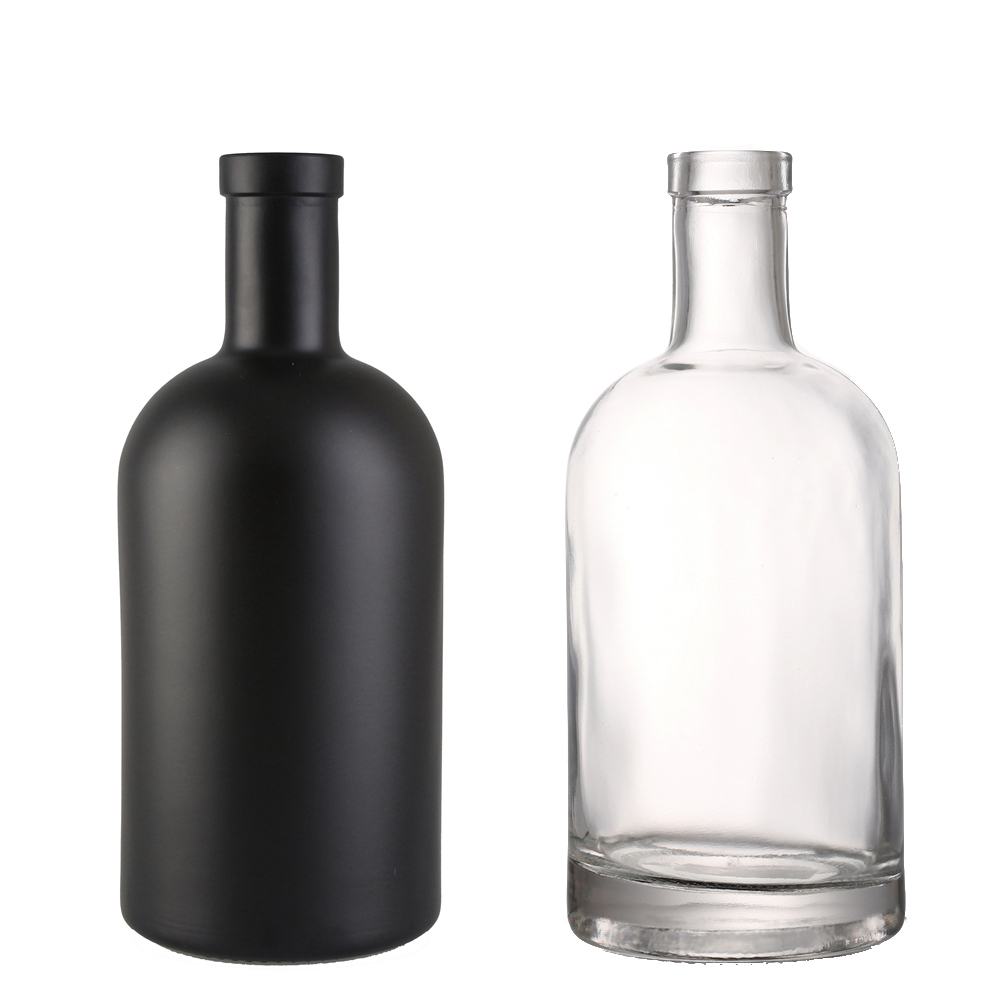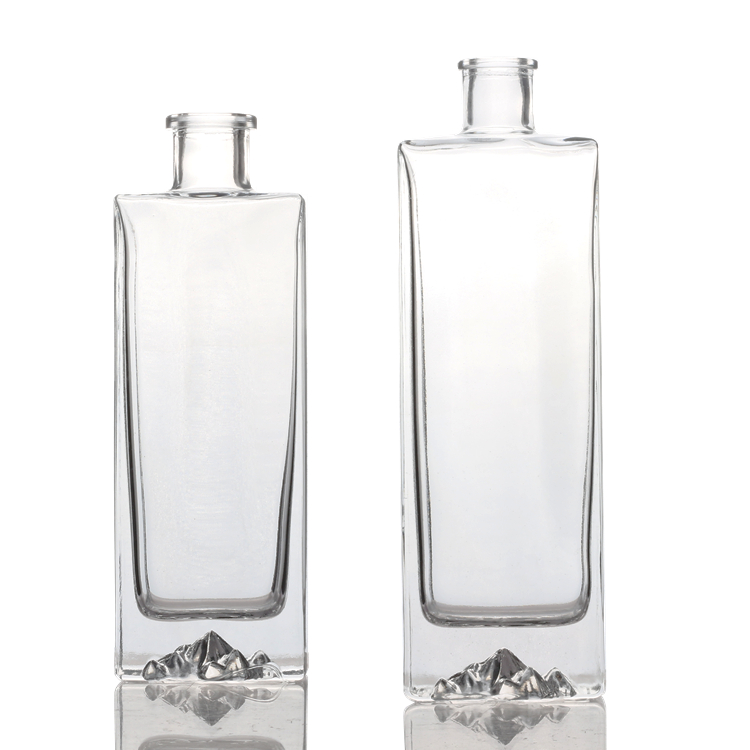Glass bottles are a popular packaging choice, particularly in the wine and liquor industries, due to their aesthetic appeal, safety, and ability to preserve the integrity of the contents. However, with the abundance of glass bottle manufacturers in the market, consumers can struggle to find high-quality bottles at reasonable prices. The challenge is to identify a quality bottle among a variety of options, which brings us to the importance of testing the quality of liquor glass bottles before purchase. In this article, we’ll explore effective methods for evaluating the quality of liquor glass bottles.
Factors Affecting the Quality of Liquor Glass Bottles
Before discussing the methods of testing, it’s crucial to understand some of the factors that affect the quality of liquor glass bottles. These factors include:
- Raw Material Quality: The quality of the glass used in bottle production directly affects its strength, transparency, and durability.
- Manufacturing Process: Temperature control during production, the design of the mold, and the cooling process can influence the bottle’s structural integrity.
- Recycling Process: Recycled glass bottles, especially those used multiple times, are more prone to imperfections or damage.
- Storage and Handling: Improper storage or transportation can lead to cracks, chips, or other defects that affect the quality of the bottle.
Methods to Test the Quality of Liquor Glass Bottles
Here are some simple yet effective ways to test the quality of liquor glass bottles:
1. Physical Inspection (Touch Test)
A quick and straightforward way to assess the quality of a liquor glass bottle is by performing a tactile inspection. When examining a glass bottle, you should pay attention to its smoothness and overall feel:
- Surface Smoothness: Gently run your fingers along the surface of the bottle. A high-quality bottle should feel smooth and even, with no rough spots. If the bottle feels rough or uneven, it may indicate that the manufacturing process was not properly controlled, possibly due to irregular cooling or mold imperfections.
- Fine Lines and Scratches: Look out for visible fine lines, scratches, or other surface defects. If you notice these irregularities, especially on the neck or body of the bottle, it may suggest poor quality control during the production process. These defects may occur when the mold or temperature settings were not optimal during bottle formation.
If you encounter any of these issues, and they appear on more than half of the bottles you’re inspecting, it suggests a subpar quality. It would be wise to reject these bottles and return them to the manufacturer.
2. Light Inspection
After performing the tactile test, another method to assess the quality of a liquor glass bottle is to check it under different lighting conditions:
- Transparency Check: Hold the bottle against a light source to check its transparency. High-quality glass bottles should be clear and free of any distortions. Any cloudiness, bubbles, or discoloration can indicate impurities in the glass or improper cooling during manufacturing.
- Defects Visibility: Use the light to reveal any hidden defects, such as cracks, scratches, or stains. Inspecting the bottle under light is a useful way to spot imperfections that may not be immediately visible under normal conditions. Fine lines, air bubbles, and stains may also be more apparent when the bottle is backlit, which can help you assess whether the bottle is of good quality.
3. Check for Consistent Thickness
One of the most important indicators of bottle quality is the uniformity of its thickness:
- Uneven Thickness: During production, if the glass is not distributed evenly throughout the bottle, it can result in weak spots that make the bottle more susceptible to breaking. To check this, you can gently tap the bottle with your fingers. A high-quality bottle should produce a clean, consistent sound without any hollow or muted tones. This can indicate uniform glass thickness and a sturdy structure.
- Inspection of the Bottom and Neck: Pay particular attention to the bottle’s neck and bottom. These areas are more likely to show imperfections due to the design of the mold. A well-made bottle should have a uniform thickness throughout, without any thin spots that could lead to cracks or breakage.
4. Check for Mold and Design Flaws
Sometimes, defects are caused by issues with the bottle’s mold or design. Here’s how to inspect for these flaws:
- Mold Marks: Examine the edges, neck, and bottom of the bottle for any visible mold lines or seams. These are often signs of poor-quality molding. Although some bottles will have minor seams due to the molding process, excessive marks or rough seams can be indicative of a low-quality bottle.
- Design Integrity: Assess the bottle’s design and shape. A quality bottle should maintain its intended shape without any warping or misalignment. Any noticeable design flaws could be a result of poor quality control during manufacturing.
5. Test for Durability (Pressure Test)
Although this test may not be feasible for everyone, it is important to test the durability of glass bottles under pressure, especially if you plan to use them for packaging liquor with higher carbonation or pressure (such as champagne or carbonated spirits).
- Shake the Bottle: While holding the bottle firmly, give it a gentle shake. This test checks whether the bottle is sufficiently durable to withstand any internal pressure or shocks during transportation or handling. If the bottle feels unstable or if you hear any cracking sounds, it indicates that the bottle may not be durable enough for its intended use.
- Pressure Testing (Advanced): If you have the resources, you can test the bottle’s ability to withstand internal pressure by applying controlled pressure. This is typically done by professionals or laboratories to ensure the bottle can handle the conditions it’s designed for, such as carbonated drinks.
Conclusion
Testing the quality of liquor glass bottles is essential to ensure that the product you receive is safe, durable, and visually appealing. By following the above methods, you can easily assess the quality of the bottles and make an informed decision about whether to proceed with the purchase. Remember, it’s always better to invest in high-quality bottles that provide a safe and premium packaging experience for your liquor products.
Post time: Nov-08-2024


